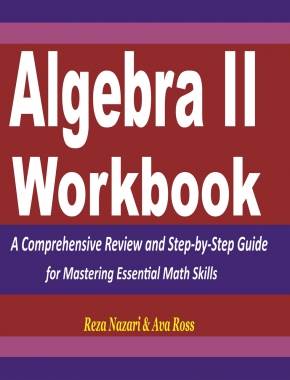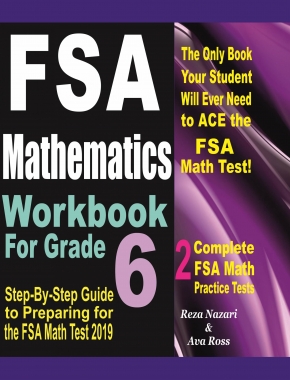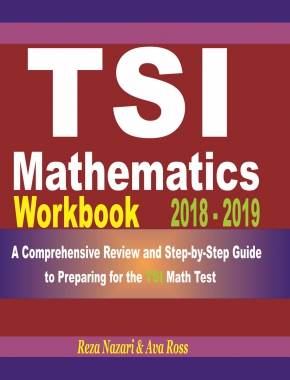How to Master Two-Column Proofs: A Step-by-Step Tutorial

- Statements: This column lists the given information, definitions, postulates, properties, and theorems in a logical sequence.
- Reasons: Here, you provide the justification or rationale for each statement, linking back to established truths.
- Start with the Given: Begin by listing the given facts from the problem.
- Use Definitions: Often, a definition can be applied immediately after a given fact.
- Apply Postulates and Theorems: Use established truths to deduce new facts.
- Conclude: End with the statement you were asked to prove.
- Always ensure each step logically follows the previous one.
- Familiarize yourself with key geometric postulates and definitions to streamline the justification process.
- Work backwards occasionally. Start from what you want to prove and see what you need to get there.
Examples
- Proof for: If two angles are supplementary to the same angle, then they are congruent to each other.
| Statements | Reasons |
|---|---|
| 1. \( \angle A \) and \( \angle B \) are supplementary to \( \angle C \) | Given |
| 2. \( m\angle A + m\angle C = 180^\circ \) | Definition of Supplementary Angles |
| 3. \( m\angle B + m\angle C = 180^\circ \) | Definition of Supplementary Angles |
| 4. \( m\angle A = 180^\circ – m\angle C \) | Algebraic Manipulation |
| 5. \( m\angle B = 180^\circ – m\angle C \) | Algebraic Manipulation |
| 6. \( m\angle A = m\angle B \) | Transitive Property of Equality |
Practice Questions:
Original price was: $109.99.$54.99Current price is: $54.99.
- Given: \( AB = CD \), prove: \( CD = AB \) using a two-column proof.
- Given: \( \angle X \) is complementary to \( \angle Y \) and \( \angle Y \) is complementary to \( \angle Z \). Prove: \( \angle X \cong \angle Z \) using a two-column proof.
- Why is it essential to list every step in a two-column proof?
-
Statements Reasons 1. \( AB = CD \) Given 2. \( CD = AB \) Symmetric Property of Equality -
Statements Reasons 1. \( \angle X \) and \( \angle Y \) are complementary Given 2. \( \angle Y \) and \( \angle Z \) are complementary Given 3. \( m\angle X + m\angle Y = 90^\circ \) Definition of Complementary Angles 4. \( m\angle Y + m\angle Z = 90^\circ \) Definition of Complementary Angles 5. \( m\angle X = 90^\circ – m\angle Y \) Algebraic Manipulation 6. \( m\angle Z = 90^\circ – m\angle Y \) Algebraic Manipulation 7. \( m\angle X = m\angle Z \) Transitive Property of Equality - Every step in a two-column proof ensures clarity, logical progression, and the ability to trace back to foundational truths or given information. It establishes a structured flow of reasoning, making complex arguments understandable.
Original price was: $109.99.$54.99Current price is: $54.99.
Original price was: $114.99.$54.99Current price is: $54.99.
Related to This Article
More math articles
- How to Find Slope? (+FREE Worksheet!)
- 7th Grade MEA Math Worksheets: FREE & Printable
- How to Define Limits Analytically Using Correct Notation?
- How to Graph the Sine Function?
- How to Solve Negative Exponents and Negative Bases? (+FREE Worksheet!)
- How to Prepare for the ISEE Middle-Level Math Test?
- Find the Key: “AFOQT Math for Beginners” Complete Answer Book
- The Art of Partitioning a Line Segment!
- 4th Grade OAA Math Worksheets: FREE & Printable
- Role of Algebra 2 in College Readiness




























What people say about "How to Master Two-Column Proofs: A Step-by-Step Tutorial - Effortless Math: We Help Students Learn to LOVE Mathematics"?
No one replied yet.